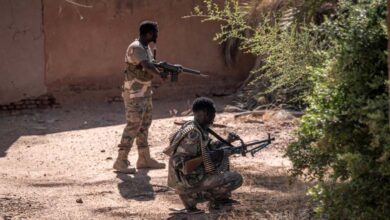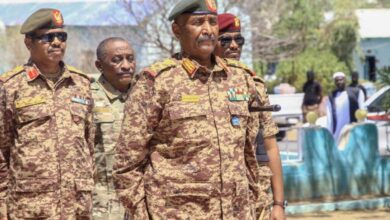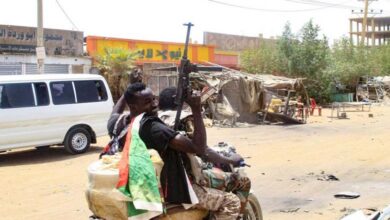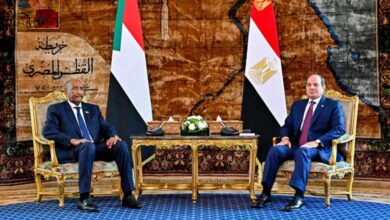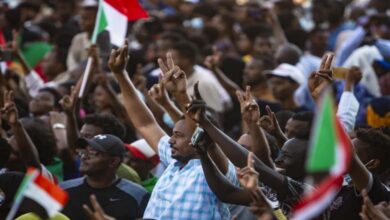What caused the death of Mahsa Amini? Iranian authorities refuse to answer

Iranian forensic officials have refused to reveal the cause of death of young Mahsa Amini, whose death sparked protests that have been ongoing for more than two weeks.
Saleh Nikbakht, a lawyer for Mahsa Amini’s family, said a private meeting was held with a medical committee in Tehran’s forensic medicine department, where he was told by forensic officials that the cause of death of Mahsa Amini’s family member may not be determined.
Mahsa Amini, 22, from Iran’s northwestern Kurdistan province, was arrested on 13 September by Tehran’s Morality Police for allegedly wearing “inappropriate clothing” before she was announced dead on 16 September after being taken to hospital, prompting mass protests by thousands in several Iranian cities.
Activists say that Mahsa received a fatal blow to her head. Iranian officials insist on denying this, while an investigation is opened.
The lawyer for Mahsa’s family told Iran’s Etemaad newspaper that “based on irrefutable evidence, we discovered that the patrol officers who arrested Mahsa from the beginning had their cameras attached to their clothes”.
“Even the aunt who was accompanying Mahsa, who begged the officers not to arrest her, was ordered by the officers to stand aside so her image would not be reflected in the police camera,” he said.
The lawyer pointed out that during the meeting that was held yesterday, Saturday, no opportunity was given to forensic doctors and experts to introduce themselves, adding that “the meeting that lasted two hours was not in the interest of the family of Mahsa Amini.”
“According to expert doctors and independent experts, Mahsa’s death has nothing to do with her previous illness, which is the removal of a mole or small gland from her eyes,” Saleh Nikbakht said.
“Besides, Mahsa does not have a history of cardiovascular or kidney diseases in the past, and her sudden death (one hour after her arrest) cannot be linked to past or latent illnesses,” he said.
He said the family of the Kurdish activist wanted to know the type of illness or external shock that caused blood to leak from under the skull behind her neck and ears.
A photo of Mahsa Amini’s in the hospital shows blood flowing from the back of her head, under her skull and ears, according to Iranian media.
The family’s lawyer explained that “traces of this blood on the back of the neck under the skull were seen by family and relatives of Mahsa. Some legal doctors stated that this blood was linked to the death of Mahsa, and this point of view was not accepted by Mahsa’s family and our lawyers.”
“All of this uncertainty will be resolved by releasing the camera footage of the person who arrested Mahsa, and we asked that the footage be released as soon as possible,” he said.
He confirmed that Mahsa’s family has nothing to do with any person, group, or public or private organization, whether legal or illegal. “Mahsa’s father is an employee at a government agency and has only one brother, and he linked this family to any lying group,” he said.
Earlier, Mohammad Hassan Asfari, deputy chairman of the Iranian parliament’s Internal Affairs Committee, said that the forensic medicine department has until the end of this week alone to submit a report on the cause of death of Mahsa Amini.
On Sunday, the Iranian parliament held a closed session to discuss the latest events and protests in the country following the killing of Mahsa Amini.
Head of the Parliament’s Presidency Body Moussavi said Interior Minister Ahmad Vahidi would explain the protests in Iranian cities during the session.
On Saturday, Moussavi said, “The House of Representatives will discuss the latest events in a closed session, in the presence of Interior Minister Wahidi,” noting that the police chief was also invited to attend the closed-door session, but his presence is uncertain.


